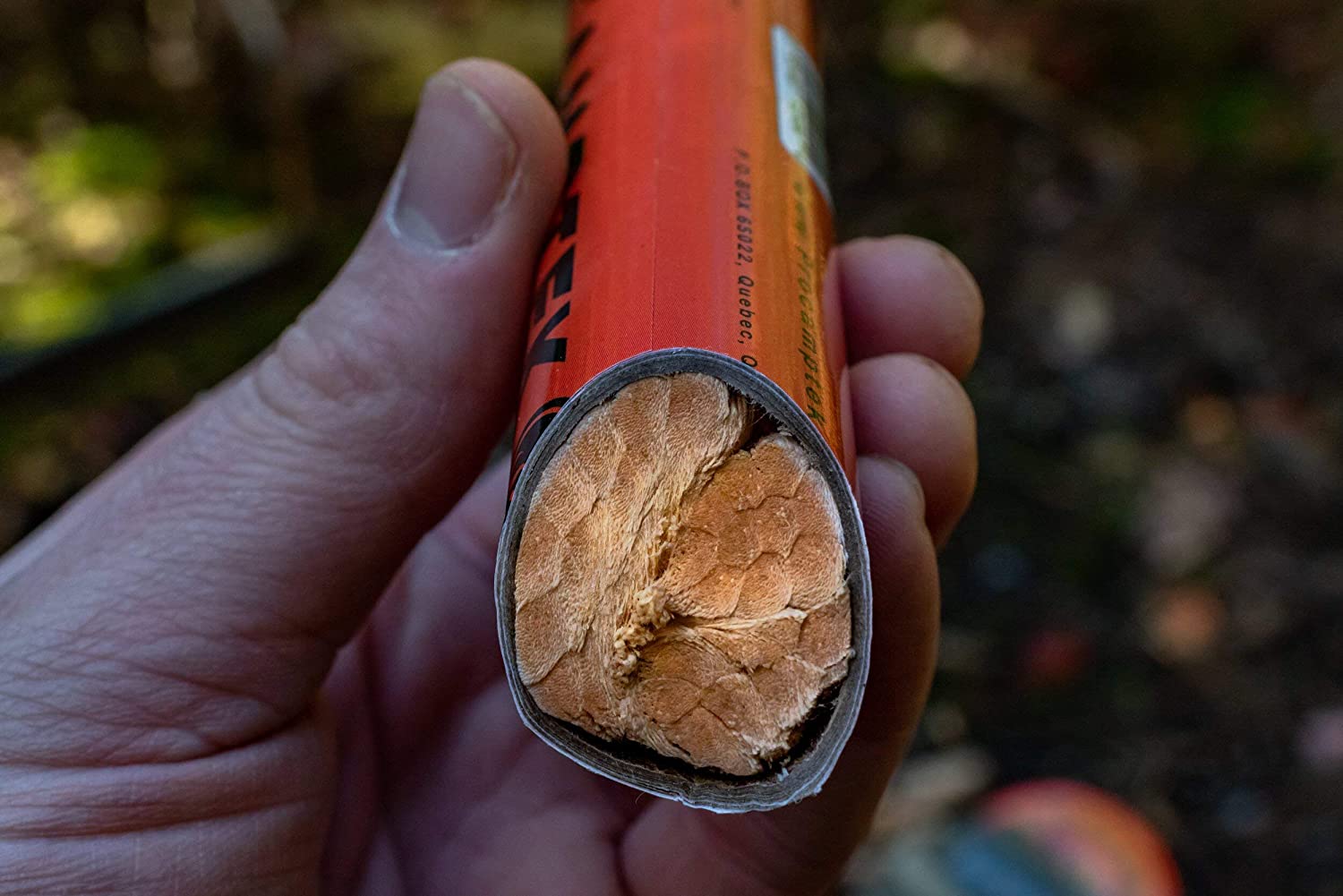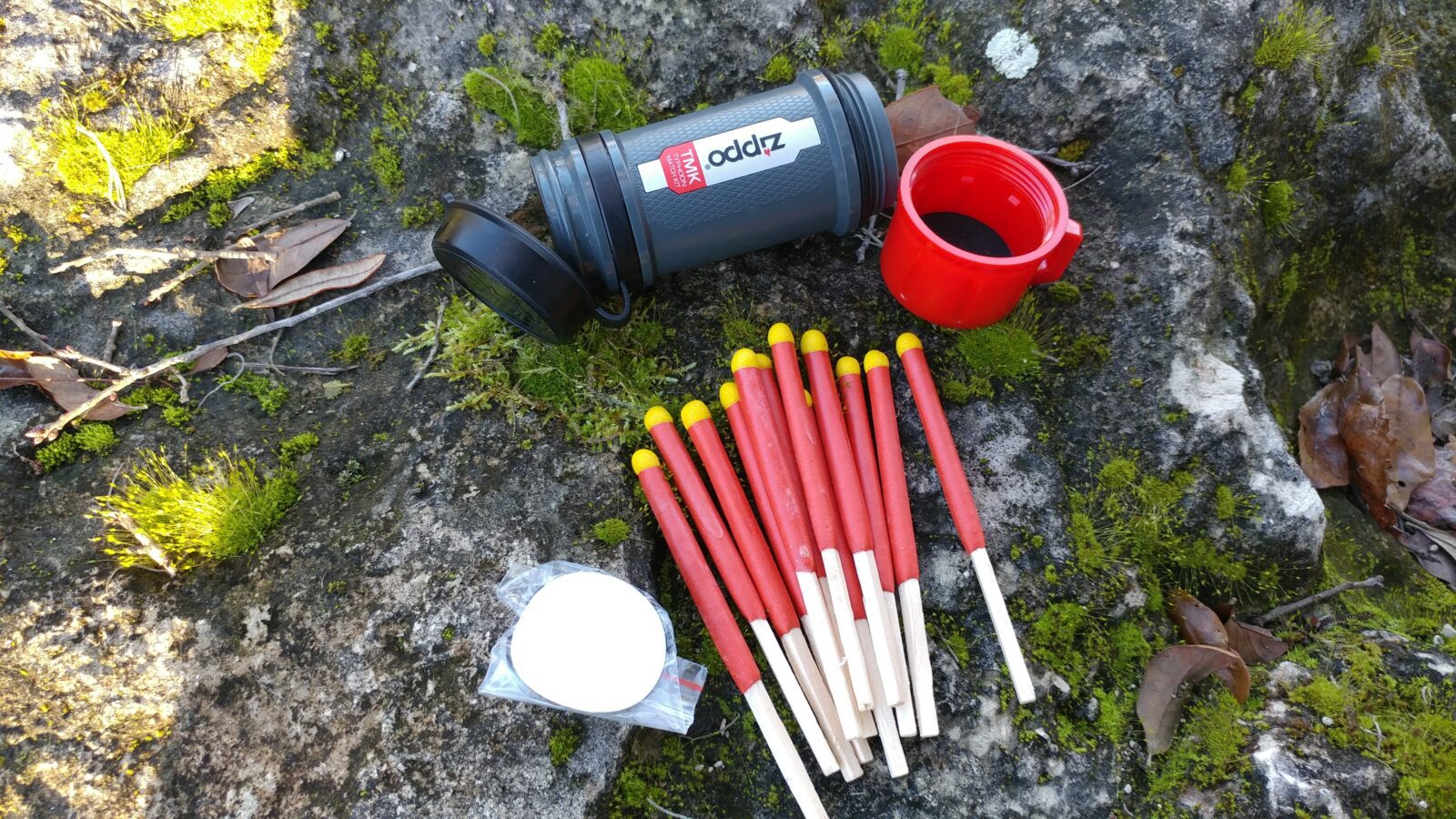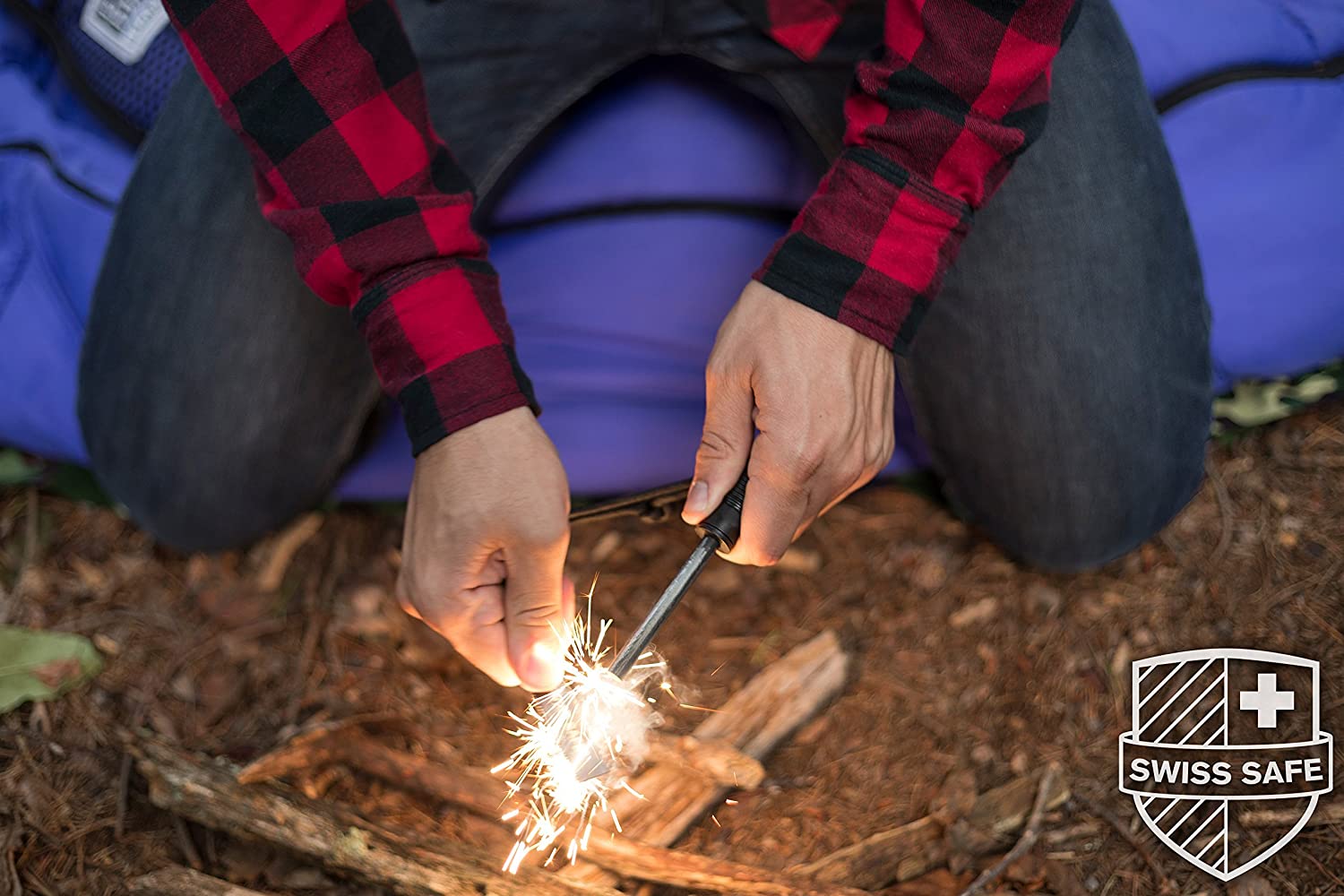Planning a beach bonfire but wondering how to do so safely?
We have all the information you need right here.
A beach bonfire can be a superb way to enjoy time with your friends during the summer months. However, organizing a beach bonfire can be tricky if you don’t come prepared.
To help ensure that your next seaside bonfire goes off without a hitch, we’ve compiled a list of everything you need to know before your fun night on the beach.
Coming up, we’ll walk you through 10 beach bonfire do’s and don’ts so you can make the most of your fun-filled evening.
1. Do check the weather before heading outside
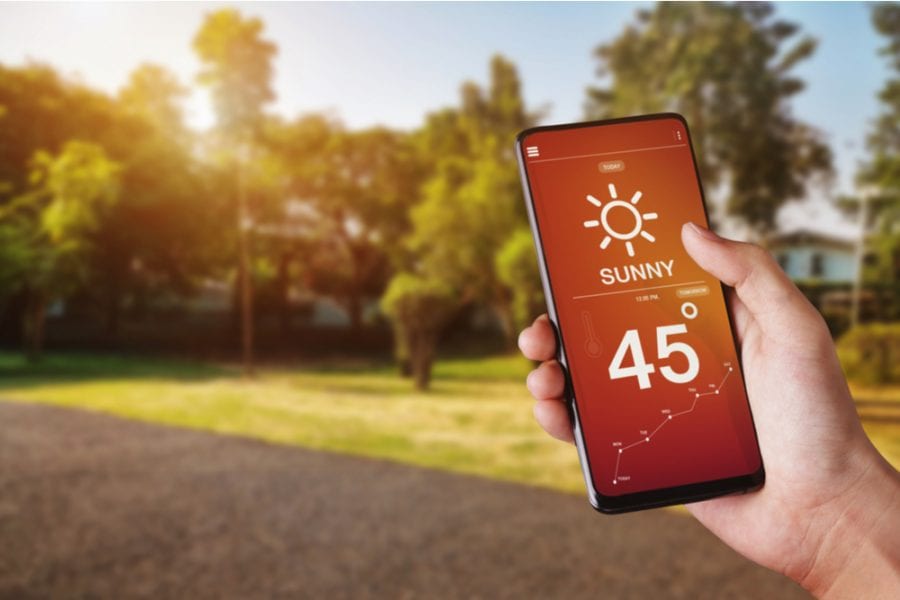
If you want to host a beach bonfire, paying close attention to the weather is of the utmost importance.
As you might imagine, relatively few people get excited by the prospect of hanging out on the beach of Olympic National Park in the pouring rain for a bonfire, even if they have quality rain jackets and rain pants in tow.
What’s more, foul weather can also be a safety hazard during beach bonfires. In fact, high winds can wreak havoc on your outing.
That’s because, in addition to making it hard to start a fire, windy weather can cause embers to travel from your bonfire location. This can pose a safety hazard and increase the risk of starting a wildfire – not good.
So, check the weather before you head outside to ensure that you have appropriate weather for your bonfire.
2. Do make sure bonfires are legal in your area
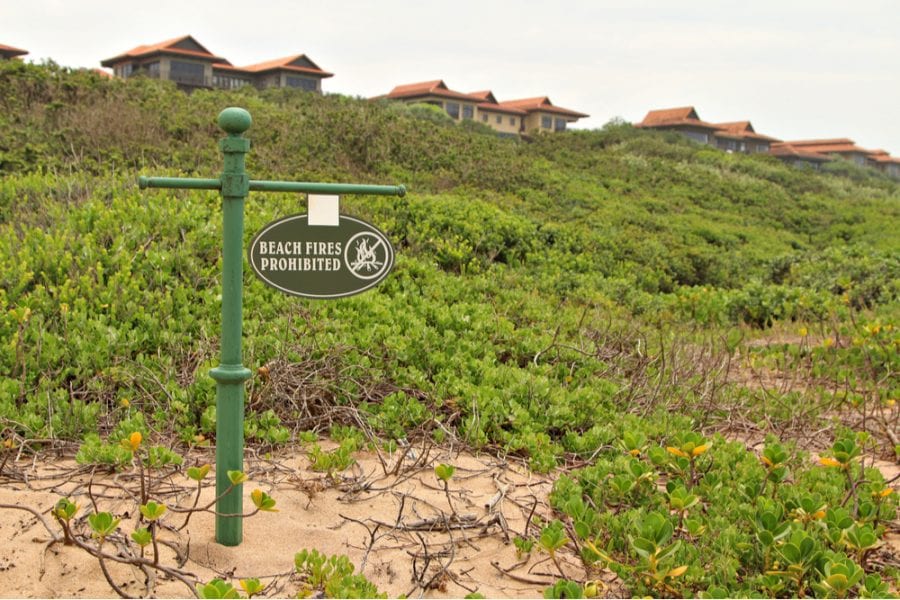
If there’s one thing that can put a major damper on your fun night around the fire, it’s a fine for breaking the law.
Unfortunately, beach bonfires aren’t legal everywhere and many places have ordinances prohibiting people from having fires. Therefore, the fact that beach bonfires are prohibited in many locations means that you need to check local regulations before you start planning your evening.
A call to a local land manager can often get you a quick answer about the legality of your bonfire. Do keep in mind that you may need to apply for a permit for your bonfire, so plan ahead of time if you suspect that this might be the case.
3. Do understand the importance of Leave No Trace
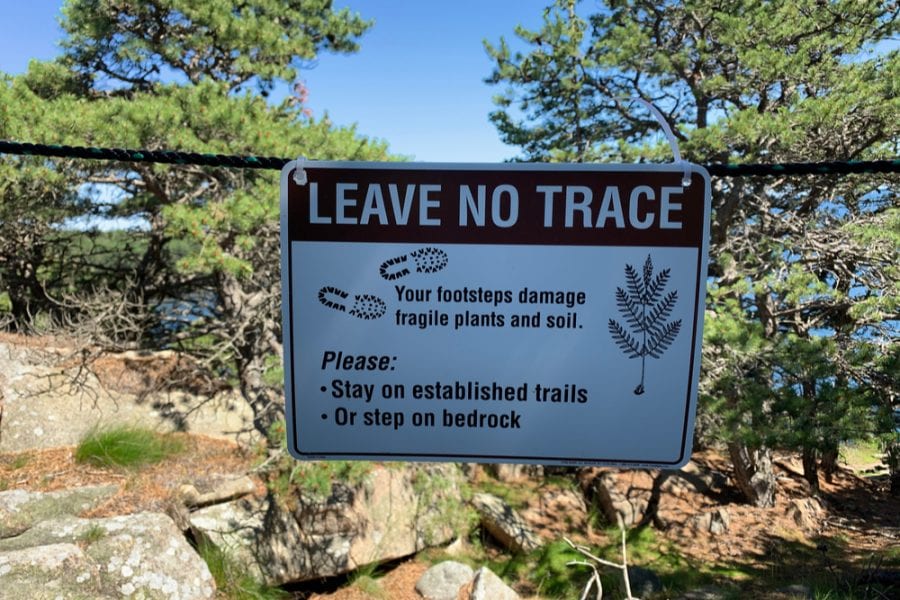
Although Leave No Trace (LNT) principles were originally created to help protect remote landscapes, they are just as relevant at your local beach as they are in the backcountry of Rocky Mountain National Park.
Therefore, following LNT principles while establishing your bonfire is essential.
The main LNT concern for any beach bonfire is the impact that the fire can have on local wildlife and fragile landscapes. To minimize this impact, consider packing a metal fire pit to house your fire.
Or, if you don’t have a fire pit, you can also dig a sizable hole in the sand using your shovel. Then, when it’s time to pack up for the night, you can fill the fire pit hole back up with sand to camouflage the site for future visitors.
4. Do find a suitable and secluded location
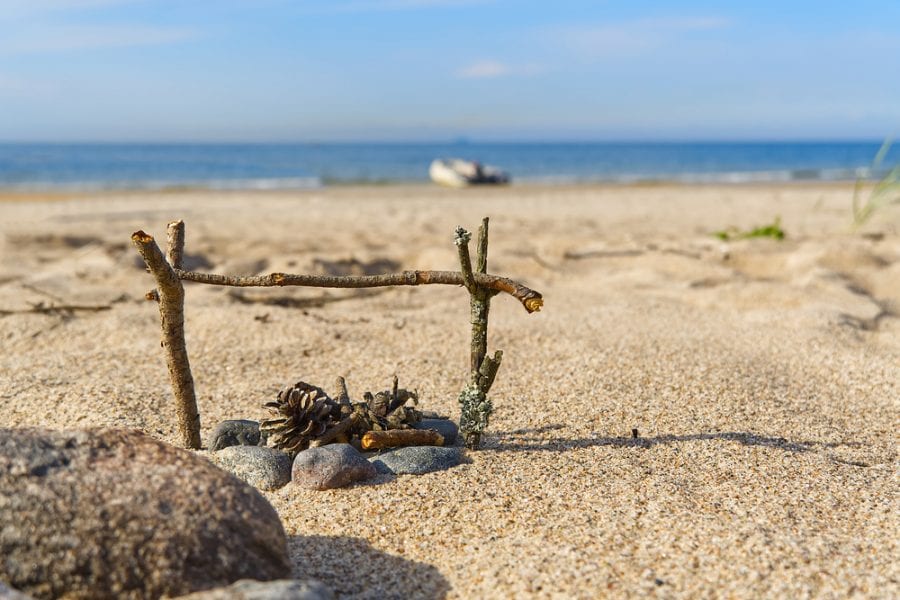
At many public beaches, there are designated places to host a bonfire. However, if you’re allowed to host a bonfire anywhere that you’d like, it’s important that you find a suitable location that’s appropriate for your group.
As you search for a quality place to establish your bonfire, it’s vital that you take into account the rare (but serious) possibility that the wind could cause your fire to get a bit out of control, putting people, animals, and property at risk.
Therefore, the general guidance is that you should select a fire pit that’s at least 100 yards (90 m) from any buildings, sea turtle nests, vehicles, roads, or vegetation. But, check local rules to see if there are more specific regulations for bonfire locations at your beach.
5. Do bring your own firewood
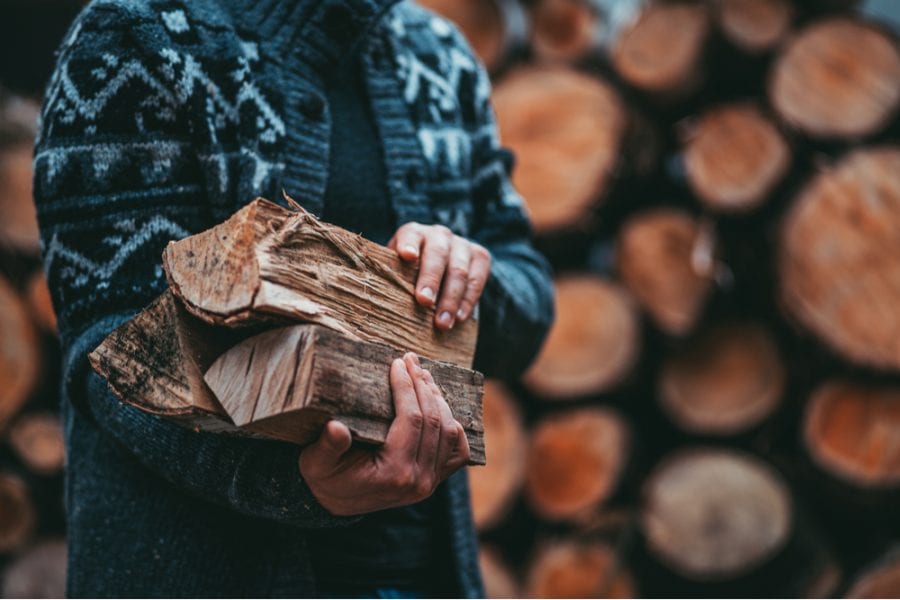
While the idea of collecting driftwood at the beach for your bonfire might sound awesome, doing so isn’t advisable, except in emergency situations.
Interestingly, the EPA doesn’t recommend that you burn driftwood if there’s a suitable alternative. That’s because driftwood that’s been soaked with ocean water can release toxic chemicals when burned.
Thus, it’s best to bring your own firewood for your bonfire whenever possible. Do keep in mind that you shouldn’t transport firewood from outside a general region, though, to limit the spread of invasive species and tree diseases.
So, plan on buying firewood within a 20 mile (32 km) radius of your bonfire location to minimize your impact on the environment.
6. Don’t allow your fire to get too big
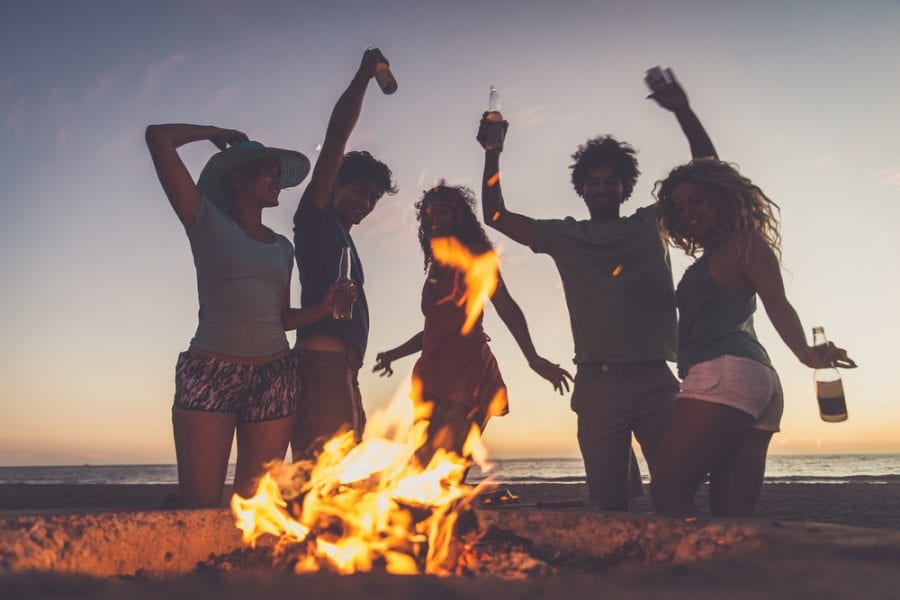
Although creating a massive bonfire on the beach might sound like a fun way to spend the evening, it’s usually best to keep your fire relatively small.
Why, you might ask?
Well, excessively large bonfires can pose a safety risk to you and the rest of your group. Large fires are also more likely to get out of control than smaller fires, increasing the likelihood that they’ll spread and cause damage.
Plus, many beaches have maximum fire size regulations in place, so you may have to keep your fire relatively small in order to comply with local laws.
7. Don’t neglect to pack snacks and supplies
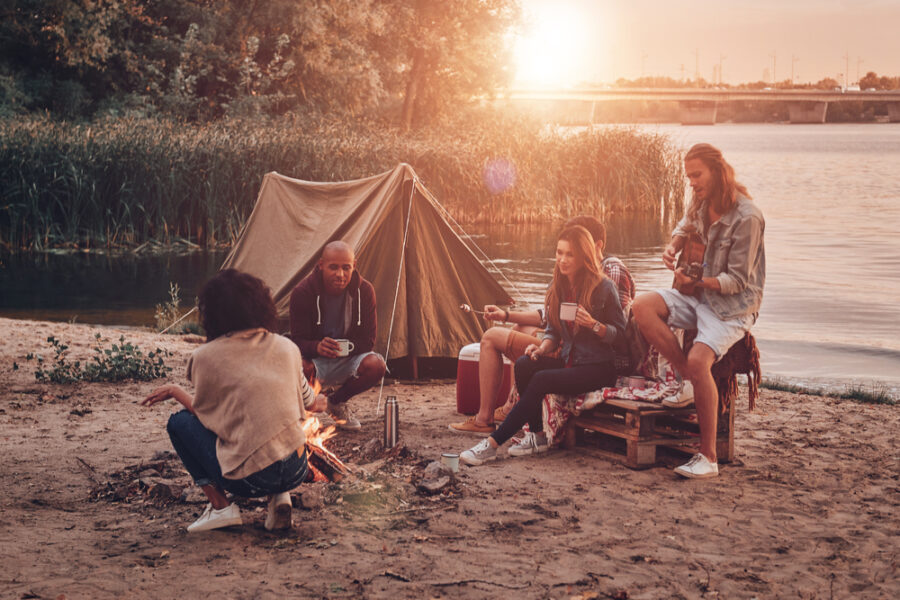
Planning a beach bonfire can be a whole lot of work, especially if you have to apply for permits and other permissions for your event.
But, don’t let all that pre-planning distract you from bringing need-to-have items, like snacks and supplies. In particular, s’mores and other similar treats that you can pack in a cooler and then cook over the bonfire are always a fun choice.
Additionally, you may want to pack an assortment of camping chairs and blankets for everyone to use while they hang out. If you’re inviting a large group, it may also be worth bringing a camping table to set up your snacks and drinks for everyone to enjoy.
8. Don’t leave a beach bonfire unattended
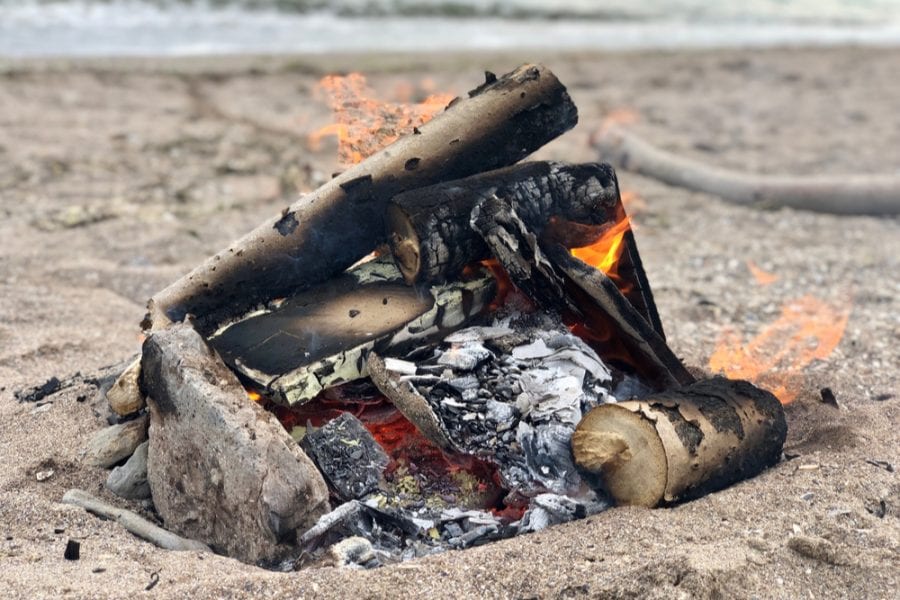
As with any fire, it’s critical that you never leave a beach bonfire unattended.
While this rule might seem fairly straightforward, it’s sometimes easier said than done. During your bonfire, it’s easy to get distracted by various activities, such as going for a dip in the ocean or heading out on a quick supply run to pick up more snacks at a local store, leaving your fire unattended in the process.
To combat this safety issue, consider appointing 1 or 2 bonfire caretakers for the evening. These 2 people can take turns being in charge of supervising the fire so that they can quickly respond if the flames get out of control.
9. Don’t burn trash or anything other than firewood
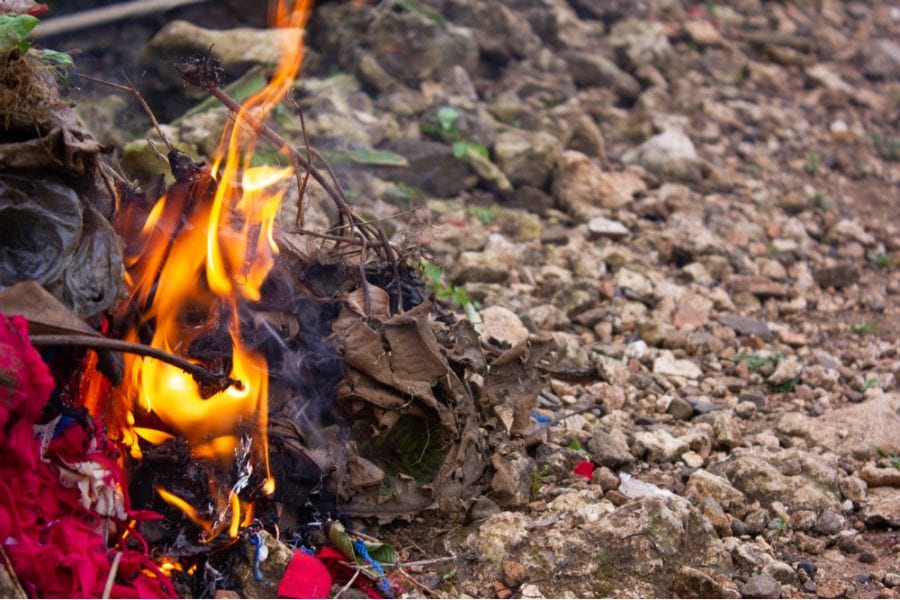
We’ve already mentioned the importance of bringing your own firewood for a beach bonfire, but we should also state that firewood should be the only thing that you burn during your event.
Indeed, while it might be tempting to toss candy bar wrappers or other trash into a fire in the hopes that it will burn, the reality is that trash doesn’t burn cleanly in most bonfires. This can be an environmental hazard, especially if wildlife try to eat any partially burnt trash.
So, it’s important to tell all of your friends and family to place their garbage in a designated garbage bin to ensure that you respect LNT principles during your bonfire evening.
10. Don’t forget to extinguish your fire at the end of the night
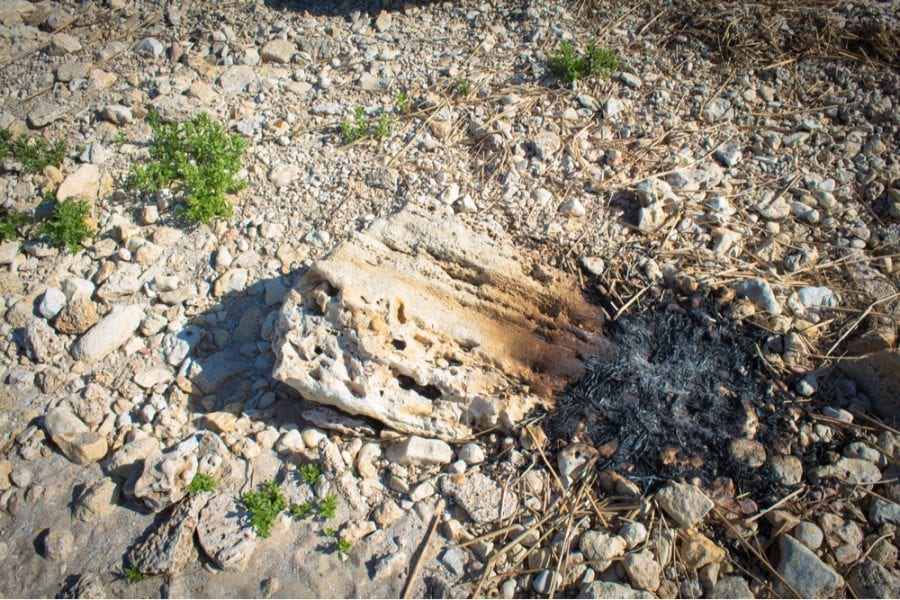
Last but not least, it’s essential that you don’t forget to fully extinguish your beach bonfire at the end of the night to minimize your risk of starting a wildfire.
To ensure that your fire is completely out, you’ll want to pack plenty of water in water bottles or other large containers. Pour the water onto the fire and mix the embers with a stick until the embers are cool enough for you to touch.
Then, if you built a fire pit by digging into the sand on the beach, you can fill the hole back in with sand before heading home for the night. It’s as simple as that!
Gaby Pilson
Gaby is a professional mountain guide with a master’s degree in outdoor education. She works primarily in the polar regions as an expedition guide, though she can be found hiking, climbing, skiing, sailing, or paddling in some of the world’s most amazing places when not at work.
